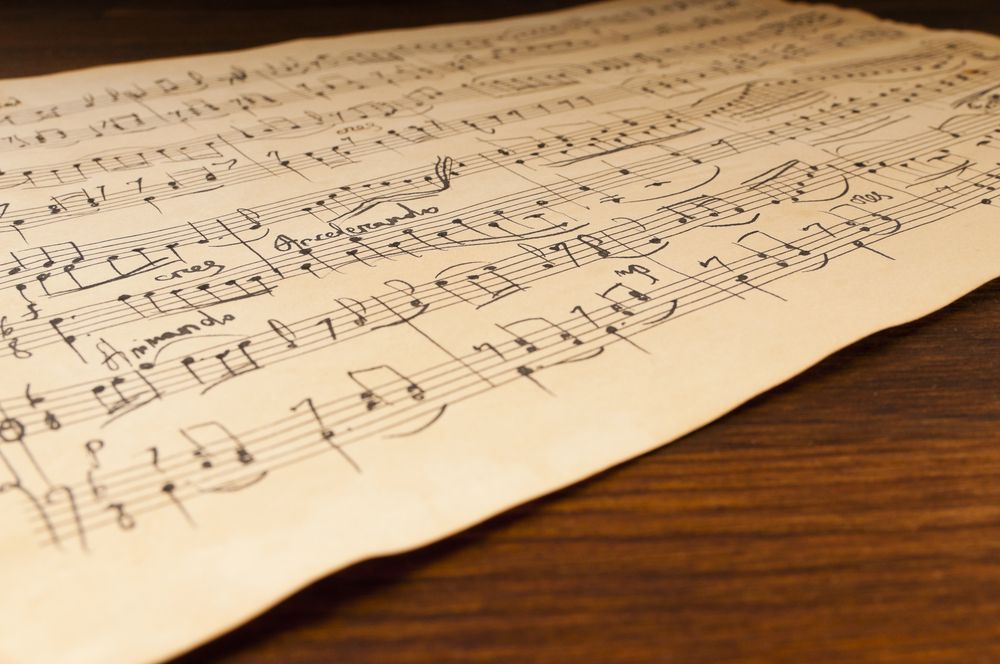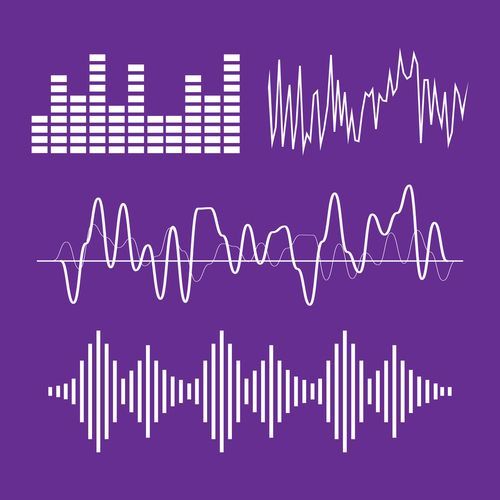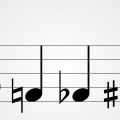To someone listening without a background in theory, music can often sound like a series of disjointed occurrences that have nothing in common. Because we can’t see or touch music, it can be difficult to understand just how organized the music we’re hearing actually is. Whether you’re listening to a punk record or Rachmaninoff, the music we hear in the world around us is largely built off of simple and repetitive connections like cadences. We’re going to walk you through this music theory concept, but you’ll need to at least be familiar with Roman numeral system of music theory to understand the subjects introduced here. If you’re looking to a brief and simple explanation of that, head over to the Musika Lessons blog to check out our recent article on basic music theory.

Harmonic and Rhythmic Cadences
In music there are two types of cadences: harmonic and rhythmic. A harmonic cadence is a two-chord progression at the end of a phrase of music. These provide essential resolutions or pauses placed throughout pieces of music or at the end of them. If music is like literature, think of harmonic cadences as providing a similar function that punctuation marks do.
A rhythmic cadence provides a similar function to their harmonic counterparts, except that the focus here is strictly on the rhythmic placement of chords as opposed to the harmonic notes. Metrically accented cadences are rhythm cadences where the final chord of a progression ends on a strong beat (a downbeat). Metrically unaccented cadences are ones that end on a weak beat.

What Cadences Do
If we think of the music we listen to as being like stories, a cadence resolve cliffhangers and ends chapters. Their purpose is to give us listeners the resolution we’re programmed to desperately want as human beings. Harmonic cadences are occurrences in music that can take us back where we started (in the case of Authentic Cadences that take us back to the I or tonic chord), or to a completely new and uncharted territory. Here’s a list of basic harmonic cadences you’ll find in music. To make things simple, we’ll provide these cadence examples in the key of C major.

These are the most common harmonic cadences found in music. Some prominent music theorists believe that all of Western music, or tonal music, is built off of the V-I cadence. This cadence is so powerful because it’s a natural occurrence found in the D.N.A. of every pitch we hear in not only music, but also in the world around us.

Science shows us through something called the overtone series that whenever we hear a single pitch we’re actually hearing many pitches stacked on top of each other. One of the more prominent added pitches we hear is the 5th. This is why the relationship between I and V is so paramount within tonal music. It’s very common for composers and songwriters to add a 7th to the V in an Authentic Cadence to add more even tension before the resolution.

This is example above is considered a weak cadence in music because it is unresolved (resolved cadences are ones that end on the I chord). A Half Cadence is when any chord resolves to V rather than to I. Though it doesn’t happen often, these cadences can be placed at the end of a piece of music if the composer wants to leave the listener with a sense of things not being tied up.


Also known as the “Amen” cadence, these occur when the IV chord resolves back to the I. There’s been a lengthy debate among music historians as to what type of function this cadence provided within music history. An Authentic Cadence features a leading tone that gets resolved back to the tonic, but the Plagal Cadence lacks that quality, and yet is and was widely used to punctuate chord progressions and endings of pieces.

A Deceptive Cadence gets its moniker from the fact that the listener’s expectations are set up so that they are used to hearing the V resolve to a I, but that doesn’t happen here. Instead, a vi chord (the relative minor to the tonic) is played in the I’s place. These cadences are known as being the most irregular ones in music. In the Classical style, this cadence was typically used right before the ending of pieces as a chance for the composer to further develop the music until its true ending a short time later.

Any of the cadences above can be turned into an Inverted Cadence if the resolved chord is an inversion, meaning the root note is not found in the bass of the chord. These are also known as Medial Cadences.
There are a few more types of cadences, but the ones listed above are considered to be the most commonly used within music. Remember, music theory concepts aren’t supposed to serve as hard and fast rules in music. Instead, their purpose is to describe and define what naturally occurs within the tonal music we hear. Cadences are simply methods we can use to help understand and relate to the world around us. If you’re a songwriter or composer, you’ve probably discovered here that you naturally rely on some of these cadences in your own songs without even trying.
If you start to listen for these cadences in the music you hear in the world around you, you’ll quickly find that they’re unavoidable. For more articles about the world of music, check out the Musika Lessons blog.







